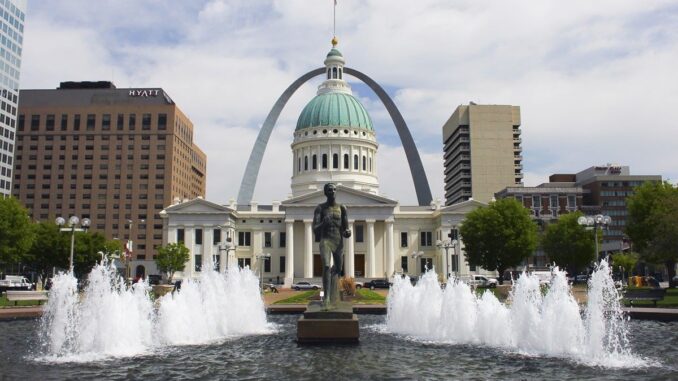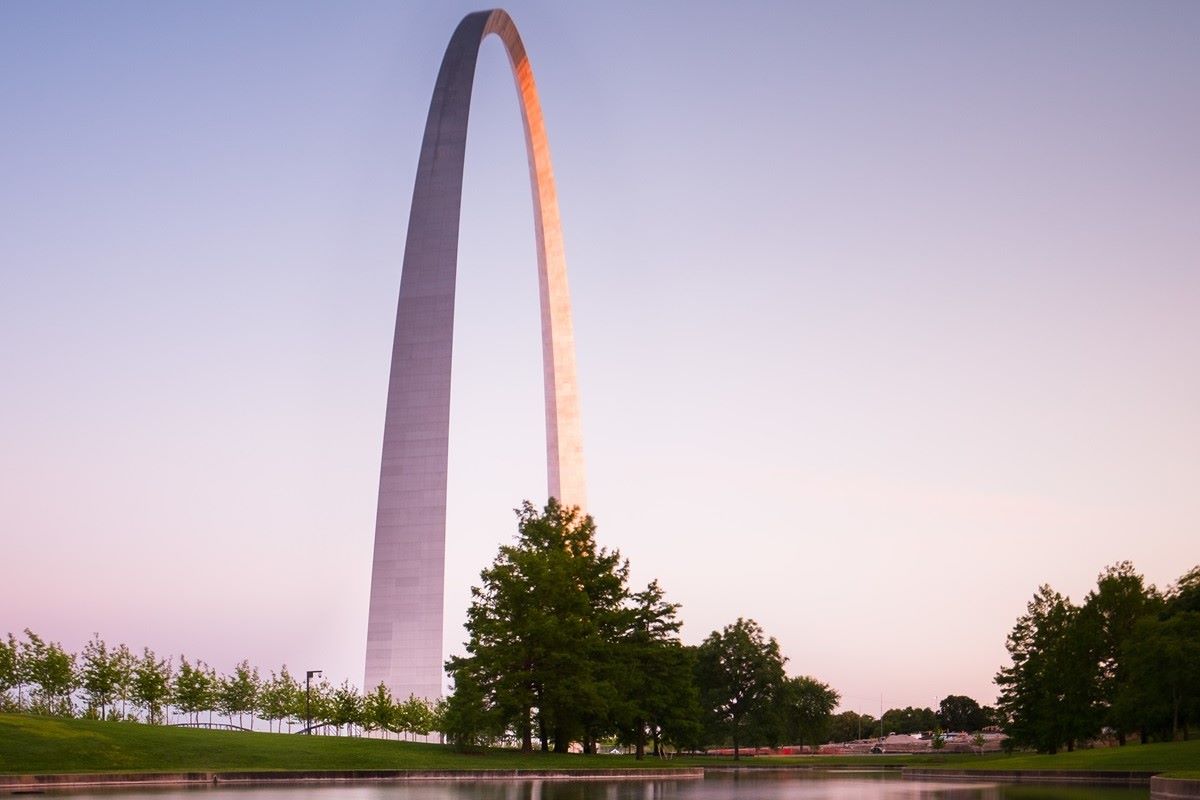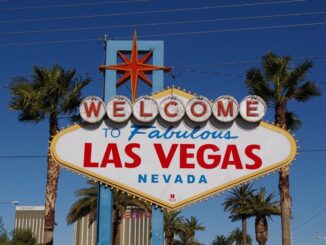
If there ever were an eclectic city, St. Louis would top all the charts. Also known as the ‘Gateway to the West’, it thrives with a vibrant art and music scene along with excellent parks, museums, breweries and more besides.
As per the latest US census data, the city’s population stands at 272,610 in 2024. Some major reasons why people move to St. Louis include an affordable standard of living, plenty of opportunities for fun and entertainment and inexpensive housing. The city was even ranked among the 20 most fun cities in the US.
Despite all this, St. Louis’ current population is in a free fall. Its growth rate was a negative 2.5% in the previous year. Why is that?
In this article we take a look the reasons behind the mass exodus of families and young folks from St. Louis, Missouri.
A major population dip
Shortly after World War II, St. Louis’ population peaked at a whopping 856,000. The city’s boundaries seemed to be on the verge of bursting apart at the seams. Most people had to move to the suburbs for a comfortable life.
However, in the decades that followed, the story was more or less the same – people began leaving the city by the thousands. This was especially true of those from the Black community. This section of the population started moving out from the 1970s and the pattern was present even in 2021.
Even in 2023, St. Louis city and county shed nearly 15,000 residents. Just think about it – St. Louis had over 300,000 residents in 2020. The numbers have fallen ever so low since then.
Reasons why people are moving out of St. Louis
Many major cities across the US are witnessing a major shift in their urban population. The main question is why are people choosing to move out of the St. Louis area? There may be several personal and subjective reasons involved. However, the following four are the most common.
Road accidents
News of fatal road accidents is extremely common across the city and county. Some of the most dangerous roads and intersections across St. Louis include I-64 and McKnight Road, Grand Boulevard, Hampton and Oakland Avenue and I-44 and Jefferson Avenue. Grand Boulevard is considered to be among the deadliest in the US.
Locals site the following reasons to be the driving causes of accidents:
- Traffic congestion
- Confusing road design
- Crumbling pavements and potholes
- Unsafe pedestrian crossings
- Drivers willfully disobeying traffic laws
- Narrow lanes
- Over speeding
Many drivers have had to take a longer commute just to avoid infrastructural threats. Since it’s a logistics hub, St. Louis’ accidents always involve the possibility of a commercial truck being involved. In any case drivers tend to zip along at a speed of 40mph or more across the interstates.

Gateway Arch by Joe Howard – Own work, CC BY-SA 4.0, Wikimedia Commons
One can only imagine the damage a crash can cause. Even if there are no fatalities, victims are left with debilitating conditions. According to TorHoerman Law, some of these include broken bones, lacerations, paralysis, brain trauma, spinal cord injuries, etc.
Then, a tough legal battle awaits them after recovery. Without a St. Louis car accident lawyer, it’s often difficult to get fair compensation. It can take months to several years (depending on the case’s complexity) to settle. Naturally, the residents do not wish to deal with such hassles and move out in search of calmer waters.
Lack of access to quality schooling
As mentioned earlier, thousands of people enter St. Louis each year with hopes of an affordable standard of living. The city’s cost of living is 6% lower than the national average. This means the monthly costs for a family of four would amount roughly to $3,800 (excluding rent).
Sadly St. Louis’ public school system is lacking due to racial concentration and funding disparities. The problem of troubled schooling is hardly a novel one as the situation has remained stagnant since the early 2000s.
While some schools are performing better than the district’s average, most are not reaching their potential. In 2019 almost 50% of the most underperforming schools in Missouri belonged to St. Louis. A citywide plan is needed to overcome decades of academic failure. If not, families will continue to leave the city.
Arbitrary climatic conditions
Climate change has indeed affected the entire world, albeit to varying degrees. Nonetheless, cities like St. Louis are most vulnerable to its devastating effects due to unpredictable climatology.
In the past 20 years the city has experienced 22 natural disasters including earthquakes, floods and severe storms. The major issue with these disasters is the fact that they’re often too arbitrary. Residents must always be prepared for impending doom. Living in such a manner can become too stressful to sustain.
In a 2022 study St. Louis Missouri was termed as the most dangerous city in the US. The three main reasons for such a ranking were the increasing number of road accidents, natural disasters and violent crime rates.
The third was another factor why people wanted to leave the city. However, the statistics have improved since then with crime rates dropping to an all-time low in 2023, dipping by 21%. This may be attributed to targeted crime prevention investments (though the real reason is unclear).
Even so St. Louis’ population loss needs to be addressed at the earliest, as made clear by its demographer, Ness Sandoval. He emphasizes the fact that it is impossible to stay in a major metropolitan area with a declining Black population.
Top image by Jefferson National Expansion Memorial, NPS from St. Louis, MO, USA – Runner Fountain and Old Courthouse and Arch, CC BY 2.0, Wikimedia Commons



Be the first to comment